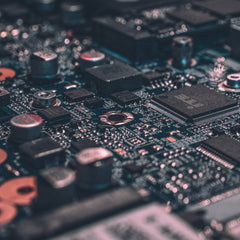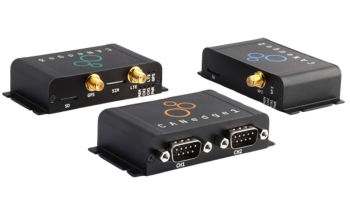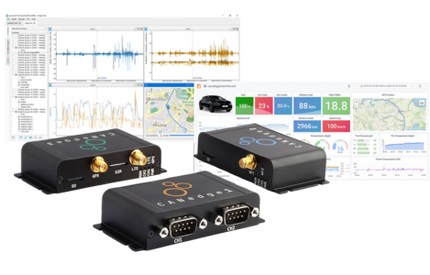The continuously expanding network of internet-enabled smart technology is transforming the current framework that constitutes the Internet of Things (IoT). Historically, Information Technology (IT) and Operational Technology (OT) have been two completely separate and distinct domains. The importance of physical equipment for monitoring and detecting change in industrial processes through OT has never been truly connected with the processes of electronic data exchange found in IT. However, the integration of wireless sensors into IoT technology is altering the infrastructure of traditional industrial processes. The convergence of IT and OT is an inevitable and necessary step in unleashing the true power of large-scale connectivity via the IoT.
The vast assortment of physical objects being connected to the internet provides manufacturers with the ability to collect and analyze data instantaneously. These networks of devices generate a plethora of data, allowing for the creation of intelligent and immediate solutions. This process is where the lines begin to blur regarding the various IT and OT processes. Traditionally OT infrastructure would require those in charge of operating and maintaining a device to physically process its data in the field. The wide-spread acceptance of gathering data via the internet has enabled workers to access any needed operational data, allowing for analysis and monitoring without having to waste more human resources.
The rapid and continuous growth of the IoT is making the integration of IT and OT environments an inevitable repercussion of increased connectivity between internet-enabled devices. The fundamental technology (software, platforms, etc.) behind OT systems are adapting to operate on a similar level to IT systems. The inherent similarities between modern OT and IT will make it easier to manage an integrated system as opposed to two separate entities. Gartner, which is an IT research company, stated “A shared set of standards and platforms across IT and OT will reduce costs in many areas of software management, and reduced risks come from reducing malware intrusion and internal errors” (Gartner). Efficiency within a company will see an exponential increase with the convergence of IT and OT.
Improving efficiency is only one of the many benefits of implementing an integration system between IT and OT systems. The convergence between these two fields will provide businesses with more information to make smarter decisions in terms of business processes. The integration of IT and OT will enable further analysis of products through data, which will lead to performance improvements that can increase the satisfaction of consumers. Being able to coordinate efforts between IT and OT within an organization is a cost-efficient method in reducing missteps in decision-making.






